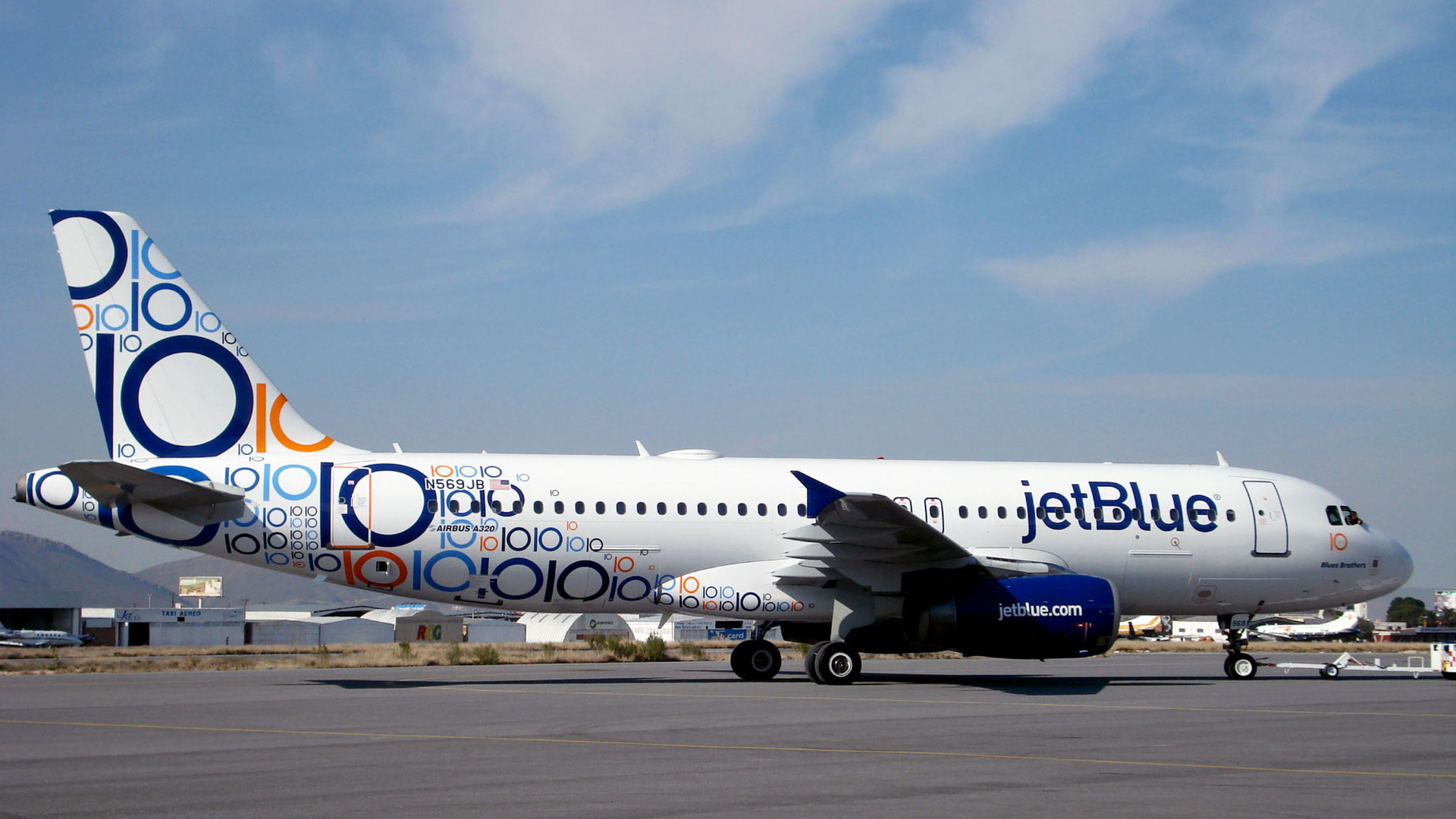Airline companies are currently facing fierce competition and fluctuating market dynamics. They are increasingly turning to data-driven strategies to not only stay afloat but to soar above their competitors. In fact, customer data has become the currency of success for airline marketers. With the strategic implementation of Customer Data Platforms (CDPs), the airline industry is taking flight into a new realm of possibilities.
This blog explores how airline marketers can harness the power of CDPs to unlock targeted marketing opportunities, enhance customer experiences, and ultimately propel revenue to new heights.
Why Do Airline Companies Need CDPs

Customer Data Platforms (CDPs) have become indispensable tools for businesses across various industries, and the aviation sector is no exception. According to a recent survey by Aviation Week Network, 89% of airlines have recognized the importance of data analytics in driving business decisions, with 72% actively investing in advanced analytics technologies, including CDPs.
1. Personalized Offers
The potential for revenue growth through personalized targeted marketing is substantial. Airlines that leverage CDPs to create personalized offers witness an average increase of 15% in customer conversion rates, according to a study conducted by the International Air Transport Association (IATA). By tailoring promotions based on individual preferences and travel histories, airlines can significantly enhance the attractiveness of their offerings.
2. Improved Customer Engagement
The impact of enhanced customer engagement cannot be overstated. Airlines employing CDPs to deliver targeted communications experience a 20% increase in customer satisfaction, according to a report by Airline Passenger Experience Association (APEX). This heightened satisfaction not only fosters brand loyalty but also increases the likelihood of repeat business and positive word-of-mouth referrals.
3. Seamless Cross-Selling and Up-Selling
Effective cross-selling and up-selling strategies can substantially boost ancillary revenue. Airlines using CDPs to identify and capitalize on such opportunities report an average revenue increase of 12%, as indicated in a study by Deloitte. By understanding passenger preferences and behaviors, airlines can strategically promote additional services and products, maximizing the value of each customer interaction.
4. Predictive Analytics for Demand Forecasting
Predictive analytics powered by CDPs enable airlines to stay ahead of market trends and optimize pricing strategies. According to a study by McKinsey, airlines that utilize predictive analytics for demand forecasting experience a 25% reduction in revenue volatility. This allows for more accurate pricing decisions, ensuring that flights are competitively priced during peak demand periods while maintaining profitability during off-peak times.
5. Tailored Loyalty Programs
Loyalty programs are a cornerstone of airline marketing, and personalization takes them to new heights. According to a report by Loyalty360, airlines incorporating CDPs into their loyalty program strategies witness a 30% increase in program effectiveness. By tailoring rewards to individual preferences, airlines can cultivate stronger emotional connections with their customers, driving long-term loyalty and repeat business.
Examples of Leading Airlines That have Successfully Implemented Targeted Marketing with CDPs
a. Delta Airlines

Delta used a CDP to create personalized and dynamic email campaigns that increased customer engagement and revenue. Delta used customer data and insights to segment customers based on their travel preferences and behavior and to deliver customized offers and content, such as destination guides, flight deals, and loyalty program benefits. Delta also used a CDP to measure the impact of the email campaigns and to optimize them based on customer feedback and data.
b. Lufthansa

Lufthansa used a CDP to create personalized and omnichannel marketing campaigns that increased customer loyalty and retention. Lufthansa used customer data and insights to segment customers based on their loyalty status and travel behavior and to deliver relevant and consistent offers and messages across channels, such as email, web, mobile app, and social media. Lufthansa also used a CDP to track and analyze the customer journey and to provide seamless and rewarding experiences, such as personalized check-in, boarding, and in-flight services.
c. JetBlue

JetBlue used a CDP to create personalized and timely marketing campaigns that increased customer acquisition and conversion. JetBlue used customer data and insights to segment customers based on their travel intent and needs and to deliver targeted and relevant offers and messages, such as flash sales, price alerts, and destination tips. JetBlue also used a CDP to automate and optimize marketing campaigns based on customer behavior and data.
In Conclusion
As the aviation industry continues its rapid evolution, the implementation of Customer Data Platforms emerges as a pivotal strategy for airlines looking to thrive in a data-centric landscape. From personalized offers and improved customer engagement to seamless cross-selling and predictive analytics, CDPs offer a roadmap to increased revenue and sustained success. The statistics speak volumes, highlighting not only the potential for financial growth but also the imperative nature of data-driven strategies in an industry where the customer experience is paramount.
Airlines that embrace the power of CDPs are not just flying; they’re soaring to new heights of profitability and customer satisfaction.
To know how a CDP can help boost your airline revenue, download the following e-book:
DOWNLOAD E-BOOK: 20 CDP USE CASES FOR AIRLINES
By Bijoy K.B | Associate Director – Marketing at Lemnisk

Leave a Reply